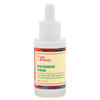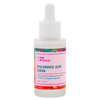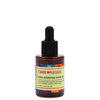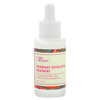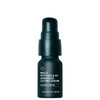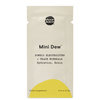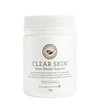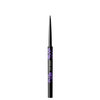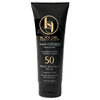Lesson Learned! How to Correctly Apply Under Eye Concealer
Published Dec 20, 2013

Just because you’re a great hair stylist doesn’t automatically make you a makeup artist. I learned this the hard way early in my career. Sure, I took all the right steps to make the beauty transition, including buying all the required professional products from the best brands. I tested my skills on models, friends, and relatives and started to look for work assisting established artists. I needed more practice and experience before taking on clients, though. Just ask Dolores, my first agent, my mentor, and the unlikely victim of one of my first makeup mistakes.
Dolores thought it would be a good idea to have me do her hair and makeup for a friend’s wedding. She has olive brown skin and rarely wears makeup, but had some under eye darkness, that needed to be brightened—but I simply overdid it. Keep in mind that at the time, supermodels like Christy, Linda, Claudia, and Naomi were our inspiration and “flawless” glam makeup was in. I had my work cut out for me.

I blame the product, really. I used a cult classic, popular under-eye brightening concealer that’s great for the delicate skin around the eyes. The concealer even uses light-reflecting particles that help bounce light off the face for a glowy, luminescent effect. These types of cosmetics often give instant results, especially in the daylight. However, if you’re working in bathroom or dim lighting—and I was—you might be in trouble.
To make matters worse, Dolores had on dark, sexy eye makeup, blush, and bronzer, which only made the contrast more apparent. But neither of us noticed in the workspace! I let her go into the crowd of friends, including guests from the beauty and fashion industries, telling her she looked like a supermodel. But the pictures showed something completely different: she looked like an owl wearing ski goggles! To this day, she threatens to publish the photos on Instagram.
Since that experience, I’m very cautious when using any product under the eyes, even foundation.
Thankfully, the concealer I used on that fateful day now comes in more shades. Color matching to the skin is vital. The color you use on your face should match the skin on your shoulders and décolletage. So if your complexion is pale, you will most likely have to go up a shade in foundation, in order to add some healthy-looking color. You might try starting with foundation or tinted moisturizer. Check to see how the color looks, and then use concealer on any imperfections before setting with powder. But the number-one rule of thumb: if you don’t get a seamless blend with the makeup you’re using, you’re better off not using any at all.
As told by Christian McCulloch, Dolce & Gabbana National Makeup Artist
You Might Also Like
-
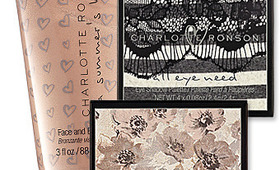
Makeup
Fashion Designer and Makeup Collaborations
- 9
-
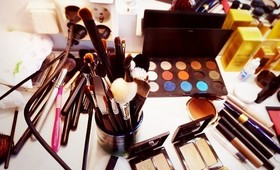
Makeup Accessories
Get Your Makeup Organized
- 137
-

Spring Looks
Spring Makeup Must-Haves: Bloom-Inspired Shades
- 540
-
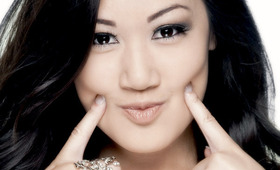
Face
Look 5 Pounds Thinner with Makeup!
- 307
-

Tutorials
How to Tightline Eyes
- 4197
-
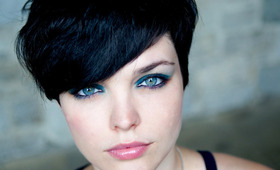
Eye Liners
Color Inside the Lines!
- 363
-
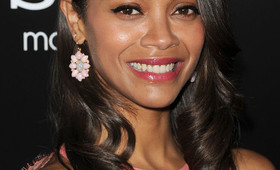
Hair
Beautylish It Girl: Zoe Saldana
- 14
-
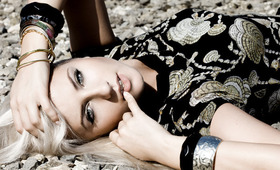
Eye Shadow
Nude Awakening!
- 228



